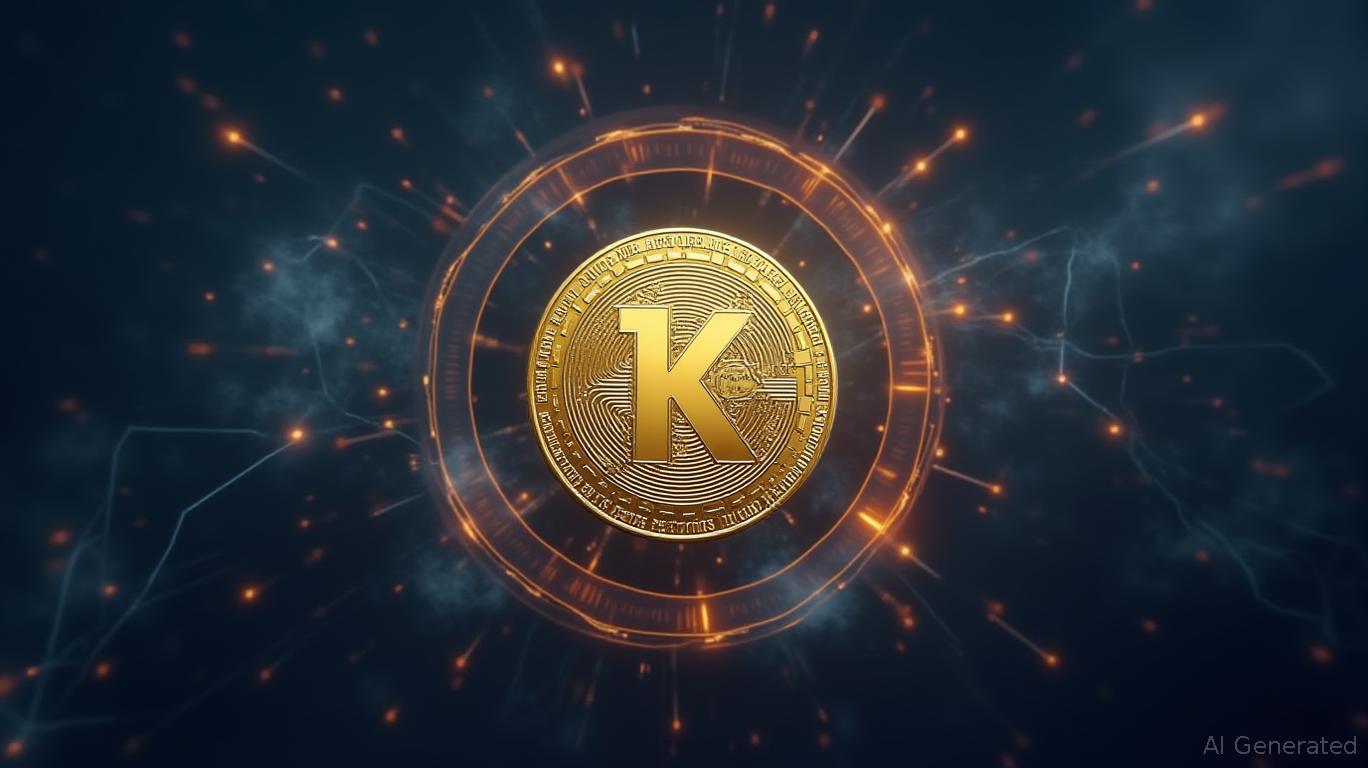Regulatory Concerns Intensify with the Introduction of South Korea's KRW1 Stablecoin into Arc's International Network
Jeremy Allaire, CEO of Circle, has introduced the company's new Arc blockchain as "an economic operating system for the internet." This platform aims to modernize global financial systems by offering stable transaction fees, near-instant settlement, and compatibility with fiat-linked stablecoins. The concept is gaining momentum, with South Korean crypto custodian BDACS revealing plans to launch KRW1, a won-pegged stablecoin, on Arc's testnet. This move represents a notable advancement in bringing Korean financial technology into the worldwide stablecoin landscape, as reported by a
Since its testnet debut on October 28, 2025, Arc has drawn participation from over 100 organizations, including major players like BlackRock, Visa, Goldman Sachs, and State Street. This highlights Arc's potential to transform international payments and capital markets. By utilizing

The KRW1 stablecoin from BDACS, which is fully backed by the South Korean won, is intended to help Korean companies connect with global stablecoin platforms. The Busan-based custodian has entered into a memorandum of understanding (MOU) with
Arc is gaining traction due to its flexibility in serving both regulated and emerging markets. Stablecoin issuers from countries such as Japan, Brazil, Mexico, and the Philippines are already piloting their tokens on Arc, with KRW1 joining these efforts. This supports Allaire's claim that Arc is built to link "every local market to the global economy," a statement backed by its partnerships with leading financial firms and fintech companies, as outlined in the Circle press release.
Nonetheless, regulatory discussions continue. Sangmin Seo, chair of the Kaia DLT Foundation, criticized the Bank of Korea's (BOK) suggestion to limit issuance of won-backed stablecoins to banks, calling the idea "illogical." Seo argued for transparent regulations that apply to all issuers, whether banks or not, to encourage innovation while managing risks, as reported by Coinotag. The BOK maintains that allowing only banks to issue such stablecoins would better address anti-money laundering (AML) concerns under current laws.
Market trends demonstrate Arc's expanding role: stablecoins now have a combined market capitalization of $170 billion, with USDC alone exceeding $72 billion in circulation. Circle's recent collaborations, such as with ClearBank for European stablecoin transactions and Hyperliquid for DeFi integration, further strengthen its network, according to an
Allaire sees Arc eventually becoming a "shared, neutral layer of economic infrastructure" managed by a decentralized network of stakeholders. While Circle currently oversees the platform, the long-term vision is to shift toward community-led governance, keeping Arc open and responsive to global financial demands, as stated in the company's press release.
As the rollout of KRW1 continues, industry observers will be watching how regulations and market forces influence the adoption of stablecoins. For now, Arc's testnet is gaining momentum, supported by institutional involvement and strategic alliances, positioning it as a key force in the evolution of onchain finance.
---